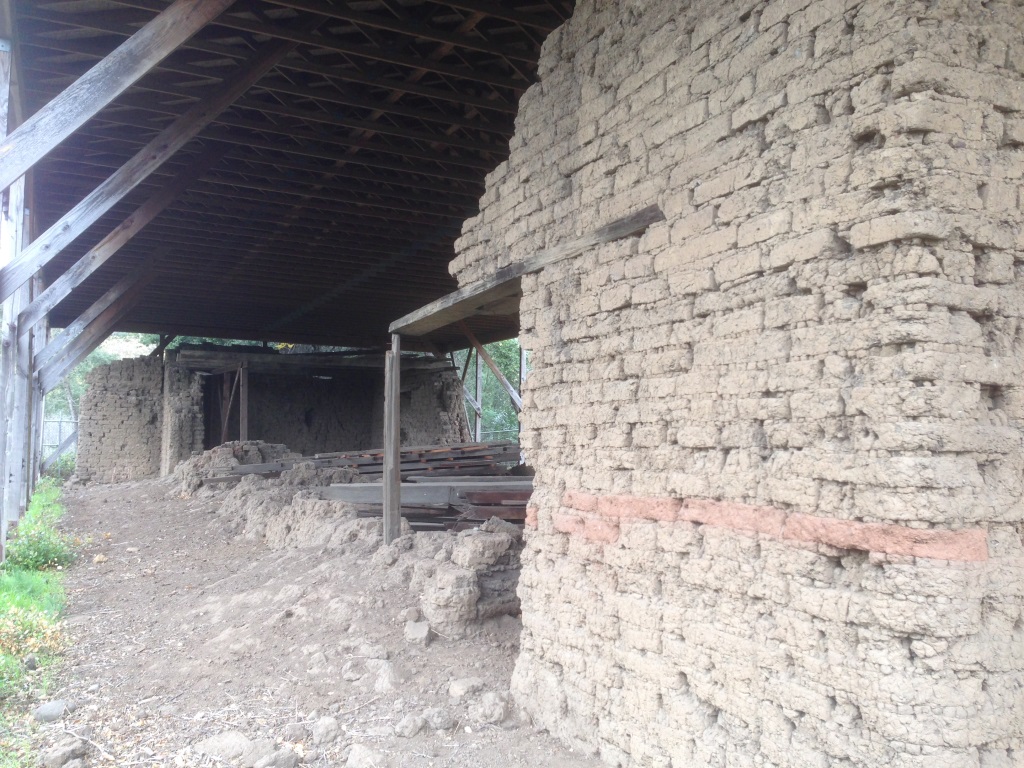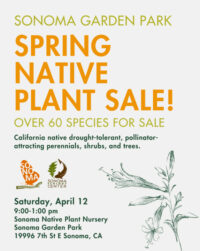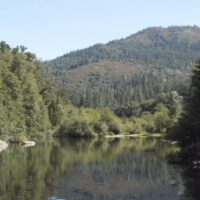To really have a better understanding of our historic past, one must connect the dots. Sonoma’s unique history did not simply occur in a vacuum. In the early days, the success of our Mission, and later our town, was predicated on the connections we formulated with other North Bay outposts. Recently I participated in “A Day at the Adobe” at the Carrillo Adobe in Santa Rosa.
The event focused on the first building in Santa Rosa and was hosted by the Historical Society of Santa Rosa (HSSR). Activities were designed to “inform the community about the diverse histories of the peoples that have lived before, during, and after the Carrillo adobe was built…” As such, I was honored to conduct a community archaeological program where all members of the public came out to excavate, screen and turn stones, in hopes of finding archaeological material associated with the adobe.
The original grantee of Rancho Cabeza de Santa Rosa was none other than Maria Ygnacia Lopez de Carrillo. Maria was born in San Diego in 1793. In 1809 she married Joaquin Victor Carrillo and the two did their part in populating Alta California, as Maria bore thirteen children with Joaquin. In 1836, one year after the founding of Sonoma, Joaquin died and Maria traveled north from San Diego with nine of her unmarried children to stay with her son-in-law Mariano Guadalupe Vallejo.
In 1832, Mariano married Francisca Benicia Carrillo in San Diego. They also did their part in populating Alta California, as Francisca bore sixteen children with Mariano. Vallejo granted his permission for Maria to settle north of Sonoma along Santa Rosa Creek, constructing a large adobe in 1838 now known as the Carrillo Adobe. There were few single women with large land grants at this time and Maria took on the challenge head on, supervising the farming aspects of the Rancho. The farm produced wheat, barley beans, watermelons and corn and included the management of cattle, sheep and horses.
There is evidence that Maria constructed her adobe at the Franciscan outpost of Assistencia Santa Rosa de Lima around 1829. This outpost, in fact, may have been intended to be the 22nd mission and the northern most in Alta California. The Assistencia was most likely abandoned due to the anticipated secularization of the missions in 1833.
The community excavation was a great success. Hundreds of people attended the all day event and I did my part to make sure attendees left the event dirty. I was assisted by a great team of graduate students from Sonoma State University. The team explained how to excavate and screen soils while helping each participant find little treasures in the soil. We found dozens of obsidian flakes and shell, artifacts which may suggest who built the Assistencia and the subsequent construction of the adobe during Maria’s tenure.
The event concluded with a panel of historians and archaeologists allowing the public to ask questions about this important piece of history. The biggest question, however, centered on how to preserve the adobe. Gaye LeBaron and Kent Lightfoot, both of whom kept the discussion lively, informative and focused, moderated this session.
Today, the adobe needs help. Unlike Sonoma’s Blue Wing Inn, an exquisite extant adobe, the Carrillo Adobe is returning to the earth. Saving the Carrillo Adobe will require the community to come together. This community must extend beyond the simple boundaries of Santa Rosa, for when one connects the dots, we find connections that go well beyond its borders.






I grew up 1/2 block away. We routinely found arrowheads, etc in the surrounding fields and orchards..We also found bones & skull which were identified as a Pomo basket weaver by Clark Natkemper